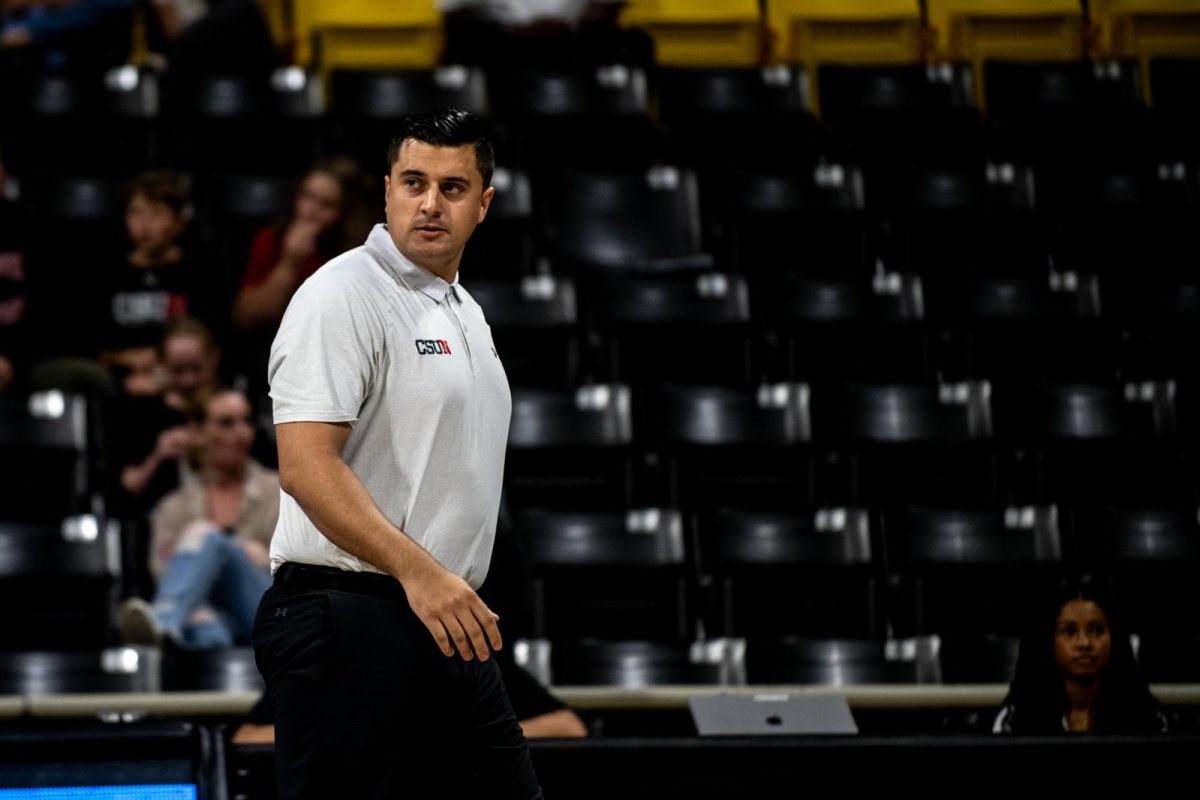
Sports fans have already endured two of the biggest national sports – basketball and football – shutting down for parts of the year due to lockouts in the past year, now fans may be without hockey for an extended period of time.
The National Hockey League locked out its players Sept. 16 after the collective bargaining agreement ended. It is the fourth lockout in the NHL since 1992.
The last lockout occurred during the 2004-05 season, when the entire season was lost due to the dispute.
Negotiation has been nonexistent between the two sides. Without taking fans into consideration, the NHL can expect to lose a fan base that was already struggling to compete against the big three, MLB, NFL and NBA.
Already running a season concurrent with the NBA, the NHL finds it hard to gain a foothold into national television viewers.
Recently, all preseason games were canceled and the start of the regular season is in jeopardy.
The heart of the issue is money, but unlike other leagues, multitudes of hockey players are not paid in the eight-figure range yearly.
With 23 players on each team in the 30-team league, the average salary reaches $2.4 million per player, ranking third among major sports, ahead of the NFL. With some deals spanning over 10 years, none of the team owners are breaking the bank to afford these players, unlike Major League Baseball where $200 million contracts seem to be the new normal.
Revenues split between owners and players currently sit at a 57-43 split in favor of the players. The last proposal was a drop to 46 percent for the players – an 11-percent drop, according to ESPN.
According to the league, 15 of the 30 teams lost money last year.
With nearly $3.3 billion in revenue for 2012, a $330 million cut to players is something completely ludicrous to ask for.
Owners provide the team, arena and entertainment for the fans, but want to make sure they pinch every penny out of the team. While not every player is playing this game for the love it, they are the reason we pay the money and sit in the seats rooting for our teams.
With careers that don’t span more than 10-15 years, every dollar matters. The average salary for a 10-year career, after taxes and agent fees, may net a player $14 million for their career.
Hockey is a hard contact sport, where fighting is a nightly occurrence in games, and where medical bills can pile up for players after their careers are over.
Unlike the NBA, overseas borrowing of players is easier for both the player and the team. With nearly 80 percent of players in 2010 being foreign born, they have no qualms in uprooting their families for even a short while.
The KHL of Russia restricted each of its teams to signing three lockout players for 65 percent of their contract. Foreign teams have already contacted many of the top players in the NHL, including Los Angeles King Anze Kopitar, who signed a deal with Mora IK of Sweden on Sept. 18.





